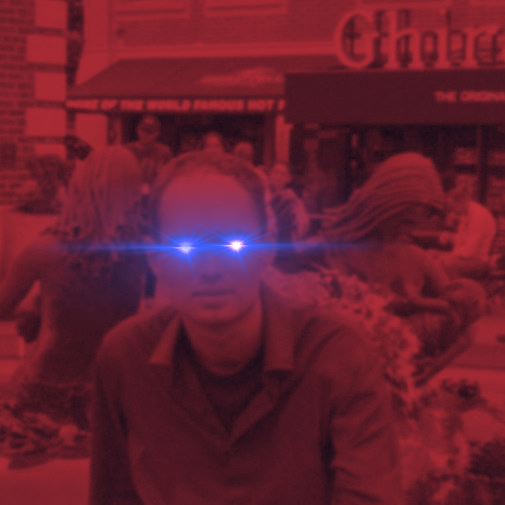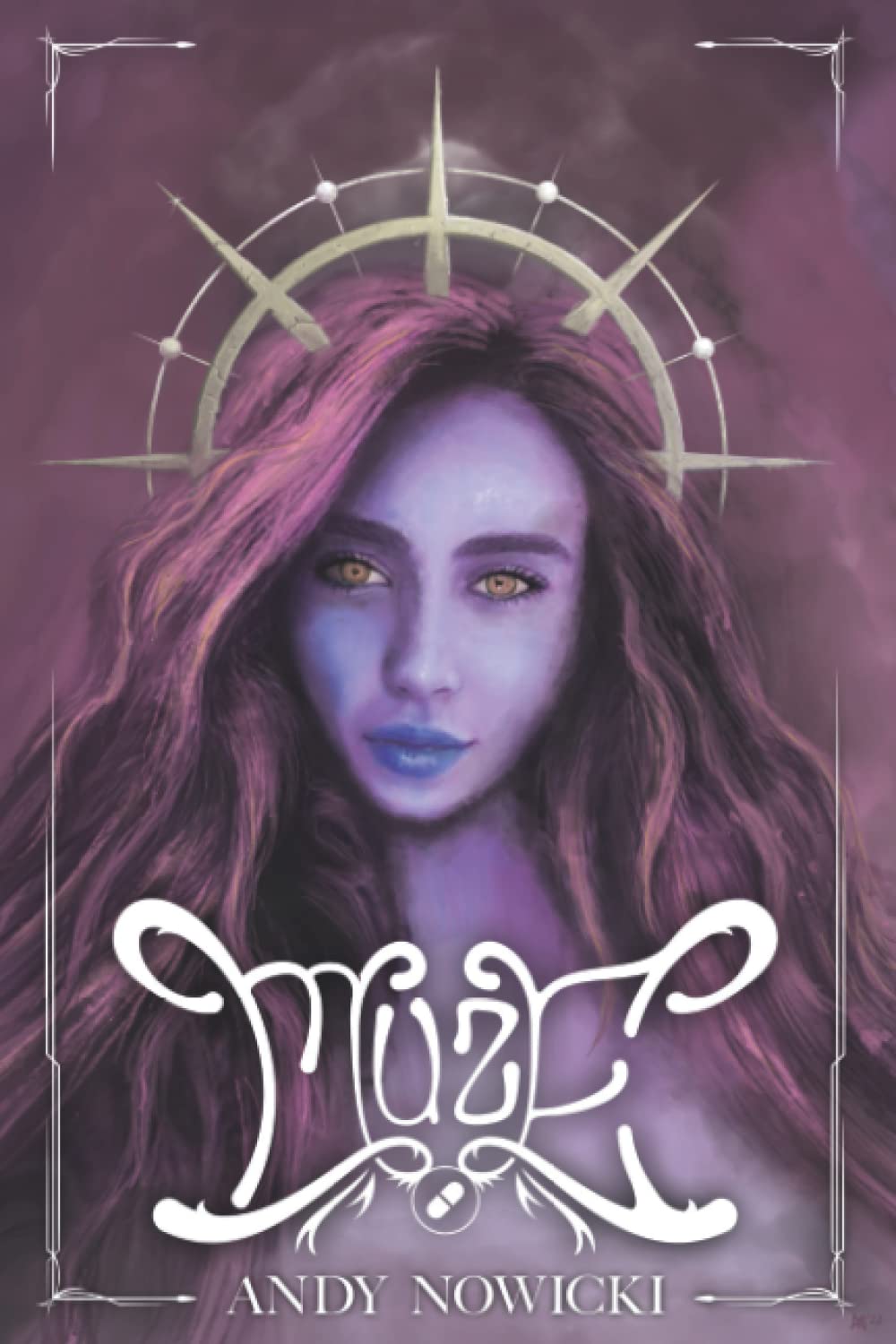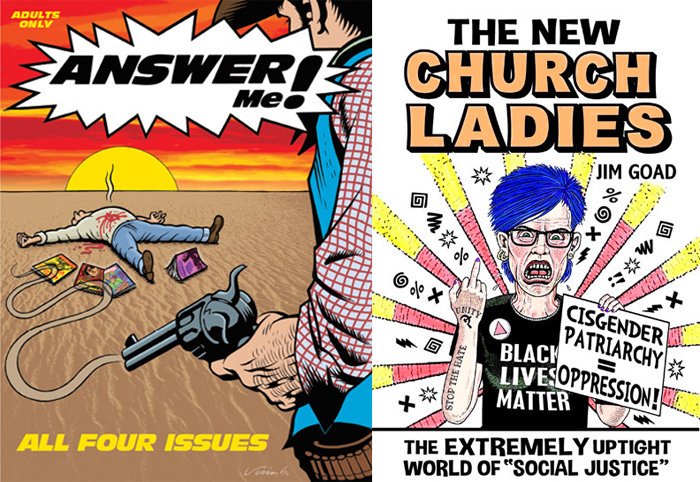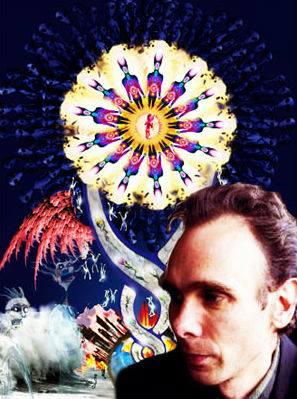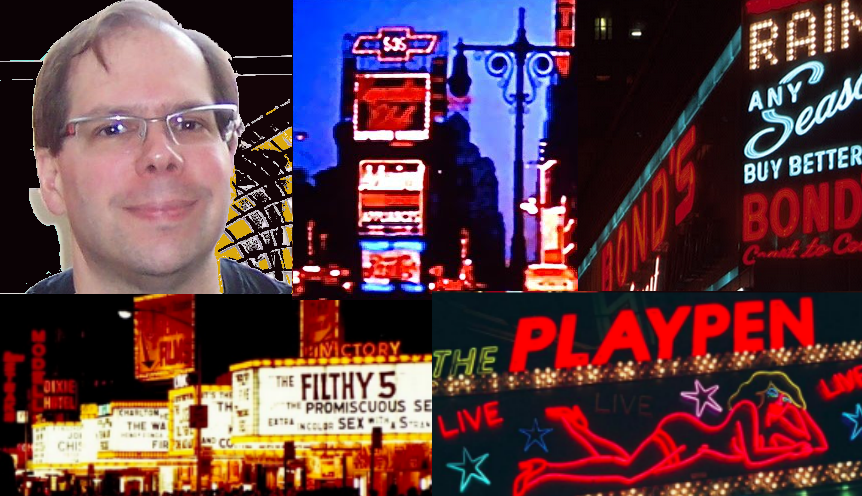Robert Stark is joined by Matt Pegas to discuss his article, Contrasting my Political Journey with that of Richard Hanania (How I became who I am, as a Woke Chad Centrist).
Topics:
-Whether Robert should write an auto-biography or insider history of the Alt-Right
-The Background of Richard Hanania, who transformed from an Alt-Rightest to a pro-immigration libertarian neoliberal
-How both Robert and Richard are honest about their trajectories in a way that most people aren’t
-Meeting Richard Hanania in LA
-How Robert never explicitly identified as Alt-Right, and his earlier views weren’t actually that extreme
-How anti-intellectual Chuds have ruined the online dissident right discourse
-Matt’s political trajectory, voting for Hillary Clinton, and then coming across Robert’s podcast in 2018
-Robert and Matt’s Alt-Center project, after the collapse of the Alt-Right
–How Robert and Matt manifested Dime Square
-How Robert’s views were shaped by class and demographic dynamics in LA
-How Robert felt pressure to signal to more reactionary viewpoints
-Robert’s promotion of enclavism and phase where he adopted the rhetoric of the multicultural left
-Why Robert now has contempt for conspiracy theorists, anti-Semites, and rightwing populists
-The quasi-religious notion of having to repent for bigoted views rather than evolving
-How people are unaware of how their subconscious, and factors like social status, shape their political views
-How American society places negative moral value on loserdom
-How Robert subconsciously had the same views he has now from an early age
-Narratives about populism vs elitism, and whether hating the rich is a cope
-Why Matt considers Robert’s philosophical views fundamentally rightwing
-Robert’s Aristocratic Radicalism
-Do we need technocracy to manage social status?
-Matt’s upcoming publishing project, New Ritual Press, which will republish Robert’s novel, Vaporfornia
-How Robert is not emotionally invested in the election
Click Here to download!
Checkout Robert Stark’s Facebook page, Twitter, Instagram, Stark Truth TV, novel Vaporfornia, and subscribe to his Substack.
